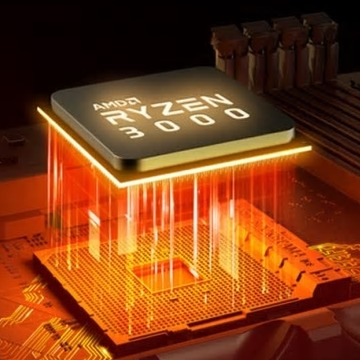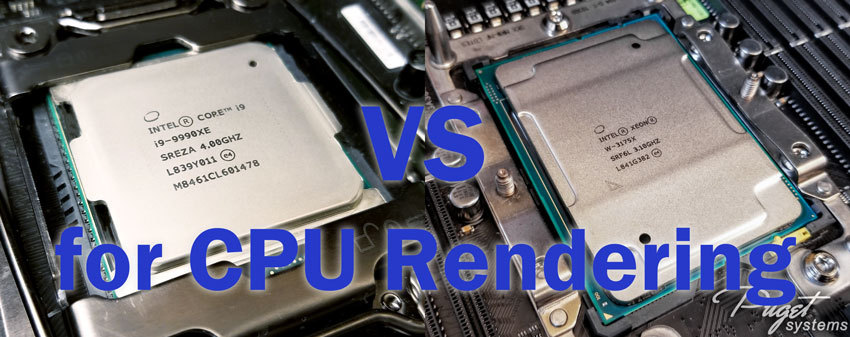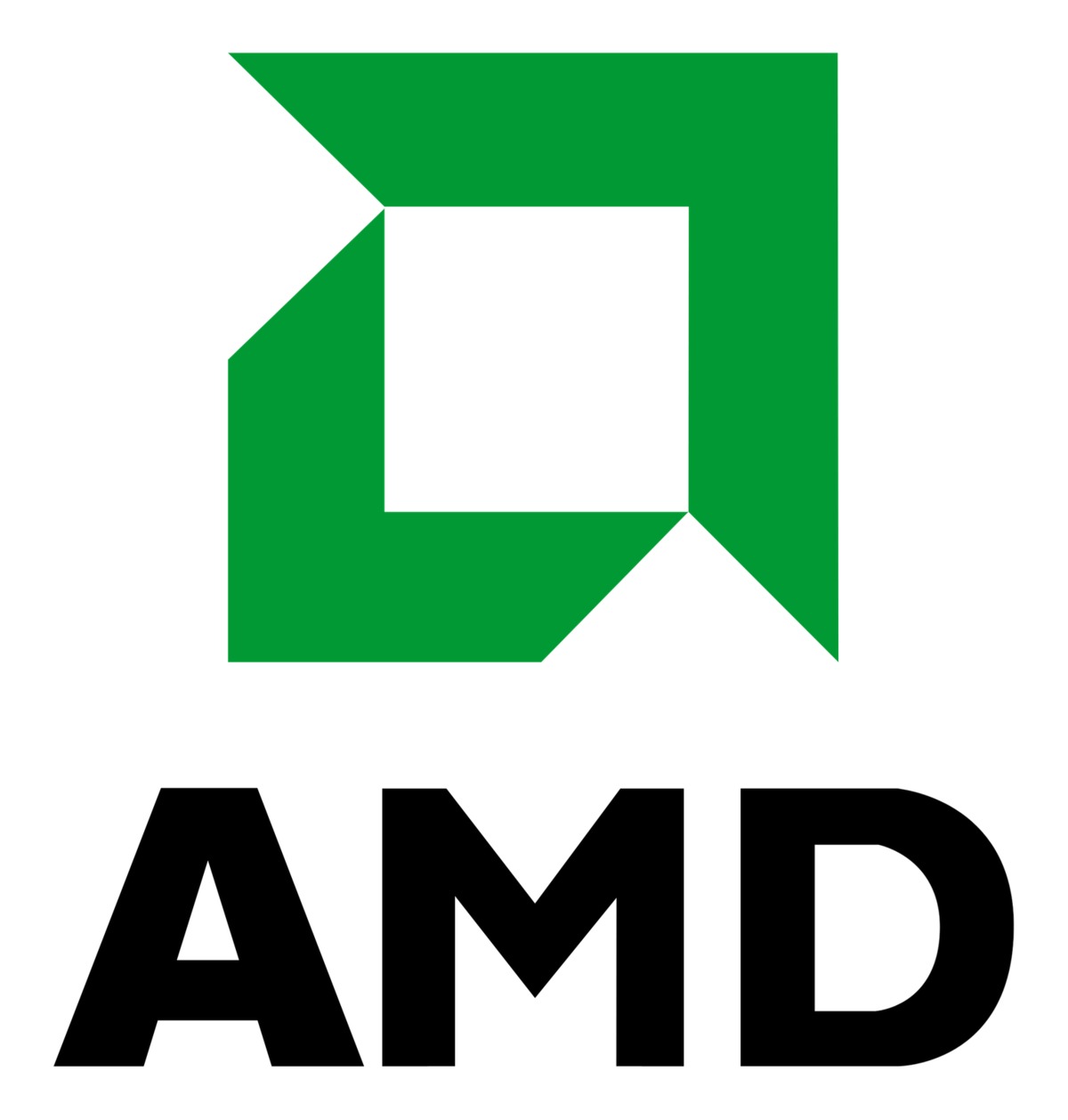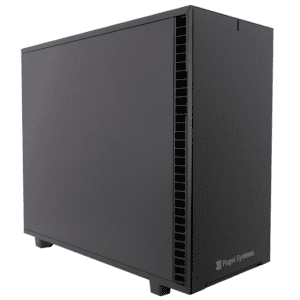AMD’s Ryzen 3rd generation processors feature both an increase in core count and per-core performance over previous models, both of which directly improve rendering speeds in V-Ray Next. A few months after the initial launch, AMD has now released the Ryzen 9 3950X with even more cores! In this article we will take a look at how this chip handles V-Ray rendering, both in the pure CPU and GPU+CPU render pipelines.










